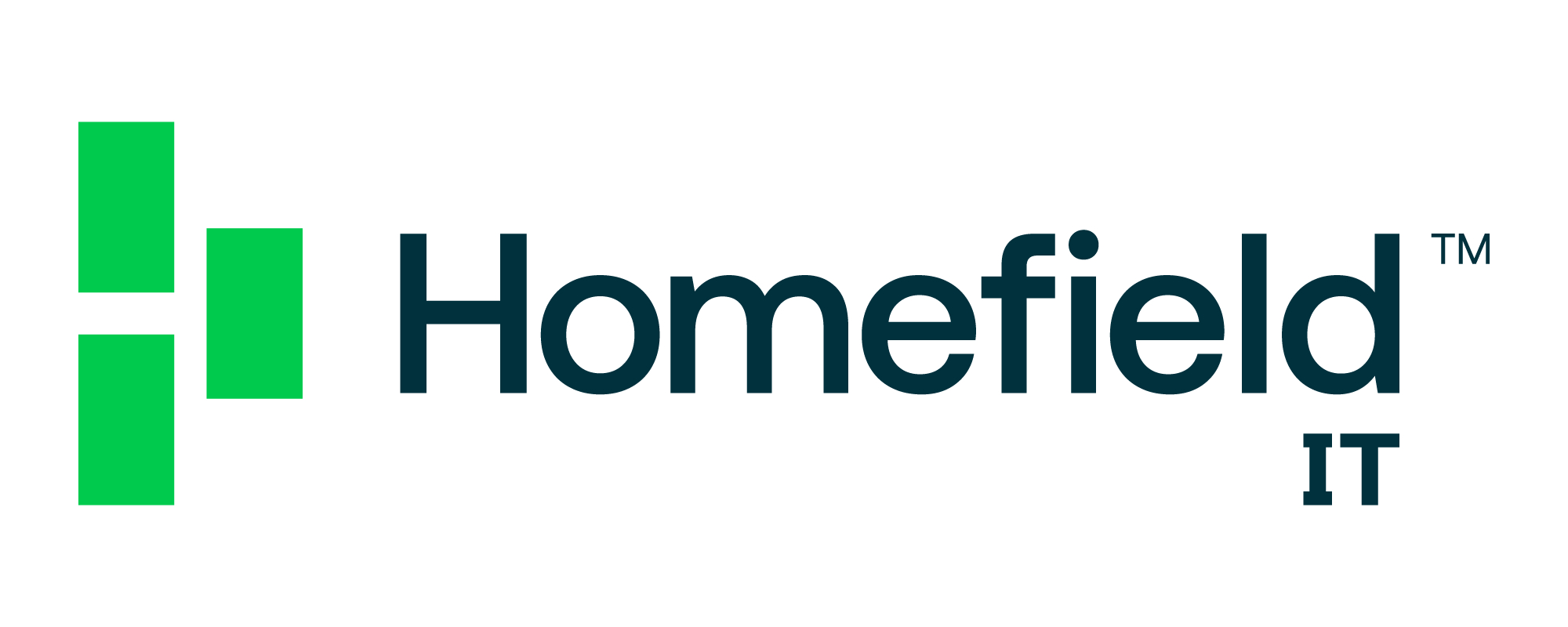Business IntelligenceCloud ServicesIT Consulting & StrategySoftware DevelopmentTech Support & Managed IT ServicesEducationConstructionFinanceHealthcareLegal
As the business world expands and more and more people turn their passion project and side hustle ideas into actual products and business, we’re seeing an increasingly crowded marketplace for any given service.
Finding success now means that you need to understand what your competition is doing, how they’re doing it, and why they’re doing it. That’s where competitive intelligence (CI) comes in.

What is CI?
Competitive intelligence is a business tactic where you gather and analyze data about your competitors, which you then use to make decisions that guide your business.
It may conjure up images of the corporate espionage you see in movies, but the reality is that it’s nothing quite so glamorous (although the boost it gives your business can be quite exciting).
Instead of sneaking around with thumb drives or bribing employees, what you’re doing is taking a thorough look at publicly available data about your competition. This includes easy things like browsing their website to learn more about how they’re positioning themselves in the market or reading reviews that customers have posted online. But it can also mean looking at their corporate structure, purchasing a competing product to learn more about their onboarding process or customer service, or doing demos to learn more.
Why is CI important?
Competitive intelligence is important because it helps you get a broader understanding of what’s working and what isn’t working within your industry. It can be easy for businesses to get stuck in a rut of relying on old, outdated ideas when you’re running your business because, frankly, it’s a lot of work. But, if you get stuck on doing the same thing time after time, you risk losing business to those who slow down and study the industry.
CI helps you understand what’s working from a marketing perspective. For example, if your industry is heavily focused on social media marketing or if it’s shifting towards a more organic, SEO approach. You also gain insight into unmet needs from your customer base, which can help inspire new products and services for your business.
Mostly, though, a successful competitive intelligence program will help you make highly informed decisions for all aspects of your business based on data like what your customers and the customers of your competitors are saying.
How to gather competitive intelligence
Gathering the data you need can take a while, but the process is worth it. Once you work through the process a few times, you’ll start to get a sense of what data is important to your business and what doesn’t have much of an impact.
Because gathering CI is something that you should be doing regularly, you won’t need to follow all of these steps each time, but here’s what information you’ll need to get started.
- Figure out who your competitors are. You probably know who your competitors are already, so this is probably the easiest step. But, don’t just focus on the obvious choices, take a look at the newcomers to your industry and look for any businesses that may have released products that now serve your market. These can often be a goldmine of information around what’s new.
- Once you know who you’re up against, create a list of all the products, services, and features they offer. Follow that up by listing their pricing as much as you can. Sometimes, businesses will require you to jump on the phone to learn about their pricing, but companies are increasingly putting this information right on their website. If you’re dealing with a physical product, also take note of what their shipping costs are, if it applies.
- This is where things start to get tricky, but try to learn what the sales team is doing to sell the product. This likely means jumping on a call or demo, which might be tricky to set up, but it’s worth the effort to see how they position themselves.
- Similarly, pay attention to the business’s social media, content marketing approach (blog posts, ebooks, etc.), and messaging on their website. If you can, examine engagement levels (likes, shares, comments). This gives you a good sense of what’s actually working and what just looks fun or interesting.
Once you have all that information together, you’ll need to analyze it. At a base level, something like a SWOT (strengths, weakness, opportunities, threats) works well here, but don’t be afraid to go deeper and explore everything that the data is telling you. You can use a platform that helps you better analyze the information you’ve collected and make strong connections, but people can be just as effective, especially when it comes to understanding the human element (using both is a great idea).
After you’ve analyzed everything, the next step is to activate. This means actually taking the data and coming up with actionable insights based on that data. Without the activation stage, you’re just sitting on data. As an example, if you find that your competitors are having a lot of success with paid search marketing, you can either set up your own paid search program that targets the same keywords, or create an organic search approach that hijacks their rankings.
Finally, report your results. Bringing stakeholders and showing them how your CI program is doing can help you not only keep the program going, but can help gain more traction for it going forward.
How to build CI gathering and analysis into your business
Like a lot of business practices, building a CI program for your business requires habit-forming and a lot of trial and error.
The best thing to do initially is to start small. You don’t want to get lost in the weeds by collecting too much data because then you’re never going to be able to make coherent connections and, worse, you risk dropping the program entirely.
Try starting with a limited number of competitors, maybe your five biggest competitors, and start collecting your data. If you can, pick one person or a small team to gather the information you need (and be very specific about what information you’re looking for).
What you’ll find the first time, is that you end up with a lot of data that isn’t super useful, so take note of that and eliminate it next time. You might also find it useful to use CI specific tools to help you find the right data and analyze everything. These tools can be costly, but they’ll cut down on the time you could lose following the wrong data.
Ultimately, CI gathering and analysis feels like it relies heavily on guessing in the beginning. But the more you do it and the more it becomes a regular part of your business, the more competitive you’ll be.
A note on ethical data collection
One thing you need to be aware of at all times, is making sure that you’re collecting data ethically. Data collection has been at the heart of ethics conversations for a while now and it’s easy to find less than honest methods of getting the information you need. But you really don’t have to.
It’s possible to gather competitive intelligence without being sneaky. Interviewing new customers and asking about other companies they looked at can be a great way to learn more about how other organizations are selling. You can find out information about competitor ads directly through most social media platforms. Even learning about revenue and pricing can be done using services like G2 or CrunchBase.
Get help, if you need it
The good news is that you don’t have to go it alone. You can partner with a team that has the experience, best practices, and tools that you need to conduct a highly effective competitive intelligence program that gives you an edge over your competitors.
Want to learn more? Contact us today.
 March 16, 2022
March 16, 2022 Manhattan Tech Support
Manhattan Tech Support




